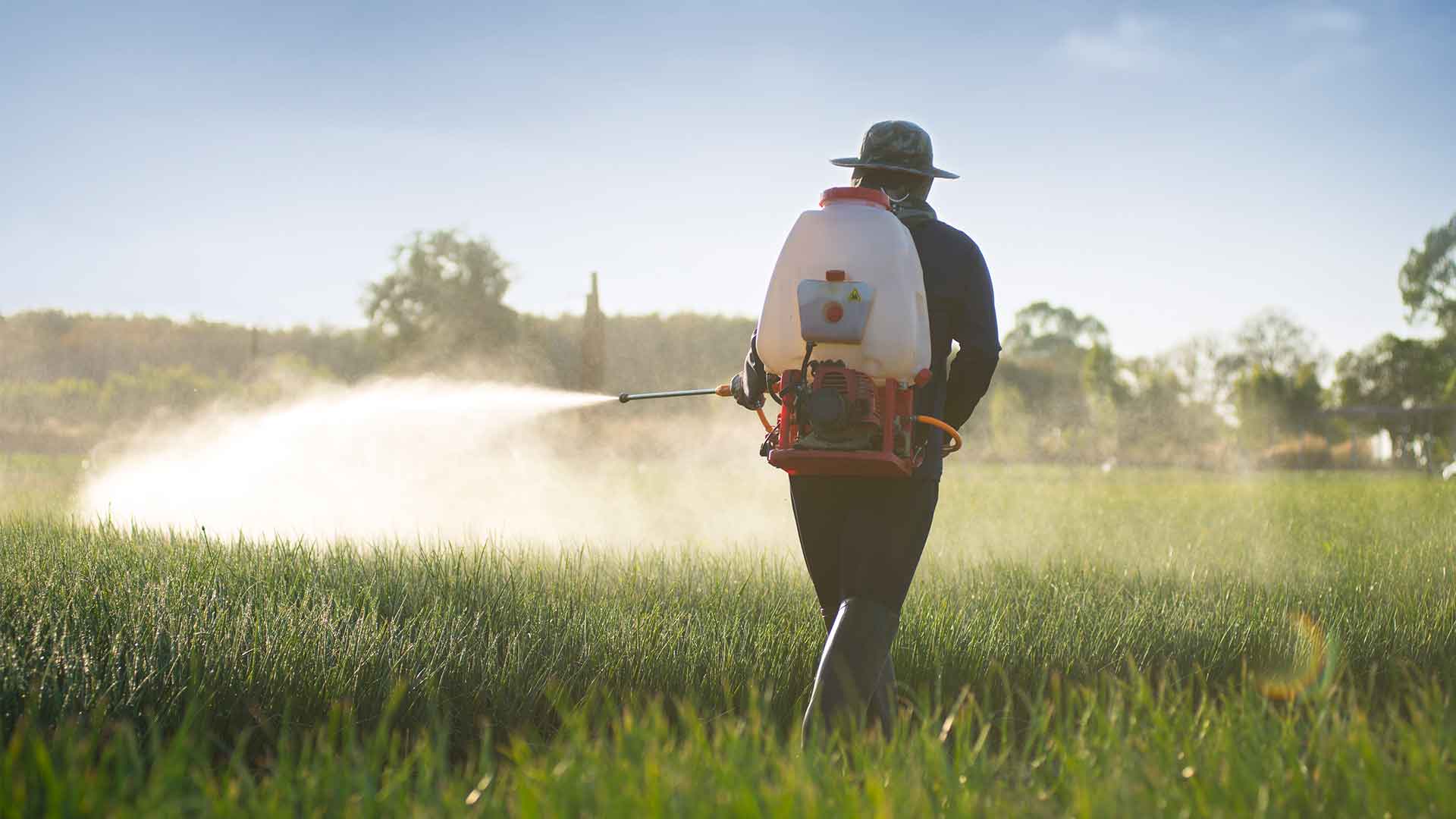Boron Fertilisers
Welcome back to the Borates Today podcast. Each week we cover news on boron and borates that are relevant to the industry and timely with a range of topics, including the latest industry news, we answer questions about the key players in the sector.
What are the trends driving demand and supply boron? the science behind boron? Who’s doing valuable research into new boron and its benefits? How does boron decarbonization, in advanced energy, food security, and providing nutrition?
Today, we’re going to look at the role of fertilizers in agriculture and in food security. The worldwide fertilizer market includes boron fertilizers. Was around $83.5 billion in 2020 and it’s estimated to grow with a CAGR of 1.6, 9% up to 2027. In other words, the market is predicted to be worth more than 93.9 billion by 2027.

Global growth prospects are high due to population growth, industrialization, and urbanization across developing countries, such as India and China. Here there is expected demand in coming years from urbanization and growth in demand for sophisticated food production to feed not only the domestic market but to meet global demand. China looks to be the largest contributor to this growth and India will follow closely behind.
Several factors are driving the growth, including increased agricultural production in these countries and also there’s an increase in population and demand in the same regions.
Fertilizers are necessary to optimize crop production. This is why they’re so important for food security in developing countries and humanitarian crises like famine or drought. It’s very hard for a country to develop without having fertilizer available to help them grow enough crops.
With fertilizers, there are higher yields per hectare than with traditional farming methods. The industry has grown rapidly since the middle of the 19th century as agriculture benefited from transport network growth and modern farming techniques.
At that time, nitrogen was discovered as a major mineral, which could be useful for plants and crop production. Before then farmers had no way to help their soil unless they were lucky enough to live near fresh water Springs on land well-irrigated by rainwater. Otherwise, the other option was manure.
Boron’s role in fertilizers was discovered more recently in the 1930s when its importance to plants was revealed as a way to improve water uptake and promote cell growth and reduce disease.
Fertilizers are applied directly to crops as an external fertilizer on the leaves or roots. Nitrogen fertilizers can help get rid of toxic levels of ammonia combined with other substances that may lead to water pollution.
Boron is perhaps the most important nutrient necessary for plant growth. It plays an essential role in flowering. The mineral gets to the crops through the use of borax, organic matter, or fertilizer.
Boron helps plants grow by strengthening plant cell walls and aiding in photosynthesis. In addition, boron helps to improve the efficiency of nitrogen fertilizers by making them more available to plants and plays a vital role, therefore, in food security.
Nitrogen fertilizer has two major benefits. First, it stimulates crop yields by helping plants produce proteins. Secondly, it causes some crops to break down soil nutrients more rapidly than others, which means you don’t have to use as much fertilizer if your only goal is maximizing yields.
Several fertilizer companies offer shareholders the opportunity to invest in this area. These include DuPont. Bayer Ag, Potash Corp, and Mosaic company. All these firms have large market capitalizations for investors looking to get into the sector with lower risk. For those interested in looking at companies involved in fertilizer production and the global market for fertilizers, a short list includes Agrium Inc, which is a company focused on fertilizer production for commercial markets. It operates across Canada, The U.S., Latin America, Europe, and the Asia Pacific.
Agrium is one of the largest producers of nitrogen-based Capuchins for food manufacturers around the world. The company serves customers from offices. The company distributes products to over 70 countries worldwide.
Potash Corp is another large fertilizer producer with estimated annual revenue of over 13 billion us dollars. It operates mines and production facilities across Canada, the U.S., Brazil, Chile, China, Morocco, and Russia. It produces potash for both commercial markets, as well as agricultural use.
The US-based company C F industries Holdings manufactures, nitrogen fertilizers, like urea ammonia, nitric acid., Diammonium phosphate, ammonium sulfate. It has two segments. Firstly, the continuous fertilizer production segment and the nitrogenous fertilizer sales segment and offer three types of fertilizers, nitrogen, fertilizers, potash, fertilizers. And other crop nutrients to meet the needs of consumers globally.
Yara International ASA is a Norwegian multinational corporation that develops producers and sells crop nutrition products. The company was established in 1927 as a state-owned enterprise to produce fertilizer. It’s now an international producer of food-grade minerals for the agricultural industry.
Finally, Mosaic is a publicly traded company, which is part of the Fortune 500 mosaic Co., Is located across nine places in north and south America, serving customers in more than 40 countries around the world. Mosaic specializes in phosphate mining, producing fertilizers used primarily on cornfields.
So that’s a quick look at the global market for fertilizers and some of the key players who are providing the nutrients and products to enable food security to be carried out globally.
And that’s all from Borates Today. For more information on topics related to boron and borates, don’t forget to check out our website. borates.today and our YouTube channel and podcasts. Thanks for listening





